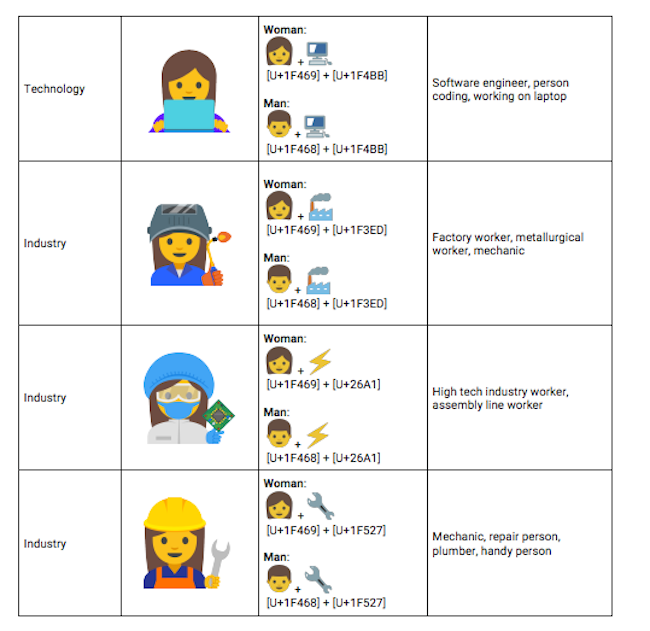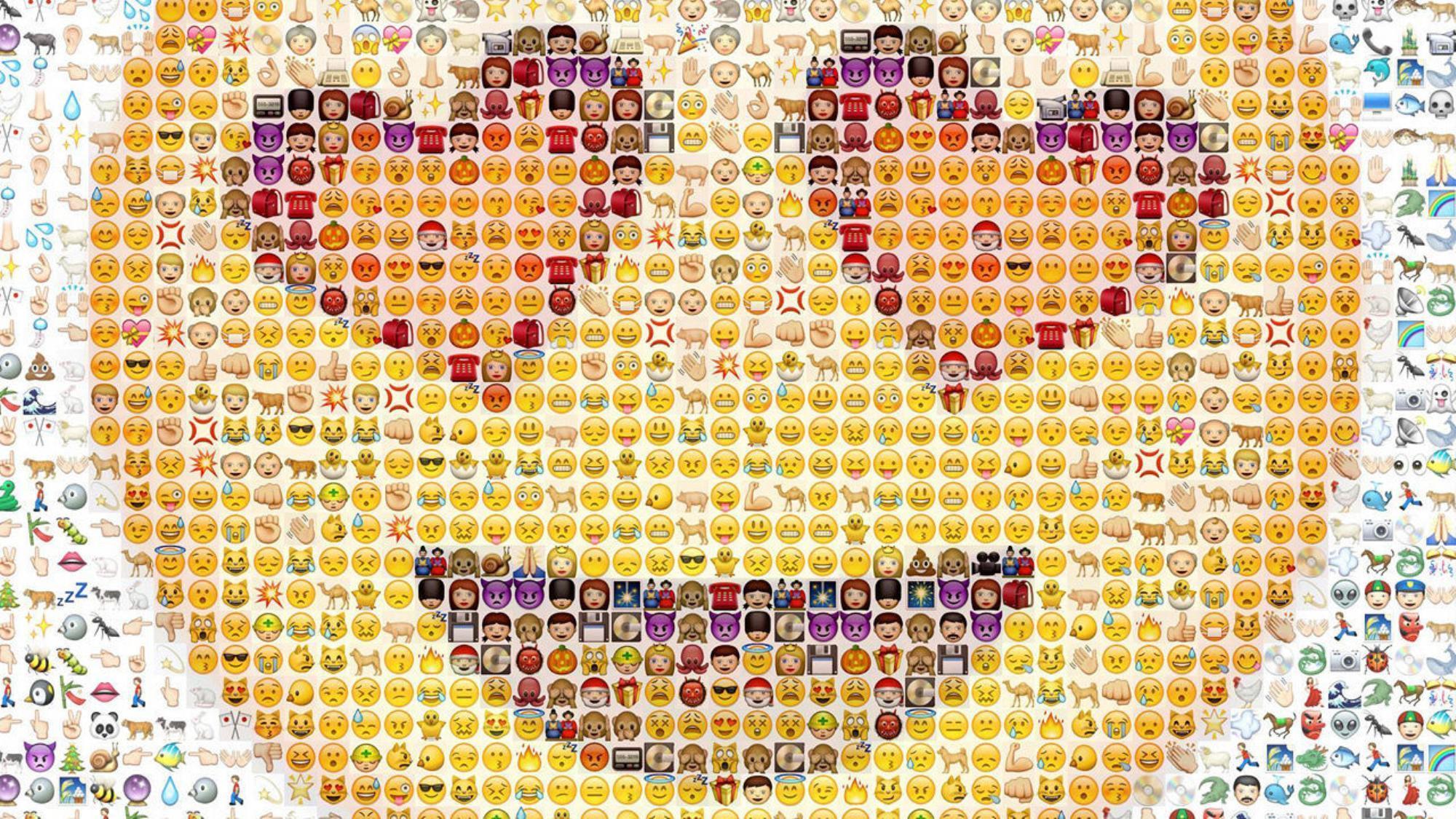Sometimes it feels like there are more emoji in the world than there are people. Unicode, the official emoji gatekeeper, offers one “face massage” emoji, four demon emoji variations, and 12(!) different kinds of trains. Then are now Kimoji, MuvaMoji, and even ChyMoji, depicting everything from fortune cookies to nipple censor bars. But while male emoji are serving on the police force and guarding Buckingham Palace, female characters are still limited to archaic career roles such as “princess” or “sexy salsa dancer.” To be fair, Amber Rose’s MuvaMoji does offer a female nurse, but this appears to be a reference to the sexual kinks of her ex Kanye West rather than to Unicode’s lack of gender diversity.
We never thought Google — where seven out of 10 employees are men — would be the company to challenge the status quo. But a new proposal brought forth yesterday by (male and female) employees of the tech behemoth is asking Unicode to change its patriarchal ways. “Our proposal is to create a new set of emoji that represents a wide range of professions for women and men with a goal of highlighting the diversity of women’s careers and empowering girls everywhere,” reads the appeal for 13 new emojis that was presented to the Unicode Consortium on Tuesday. “We believe this will empower young women (the heaviest emoji users), and better reflect the pivotal roles women play in the world.” The new additions would allow female emoji to be doctors, software engineers, chefs, teachers, and rock stars.
Gender-diverse emoji aren’t just important for women chefs who prefer fun pictures to the English language. According to a report earlier this year, 54% of girls feel that female emoji are stereotypical, 75% would like to see female emoji portrayed more progressively, and 67% say that the available keyboard implies that girls are limited in what they’re capable of. This isn’t the first time Google has challenged Unicode’s gender-bias either: in February Mark Davis (who helped draft the current proposal) launched a campaign for gender-fluid emoji. Allies really are found in the least expected places.

Credits
Text Hannah Ongley
